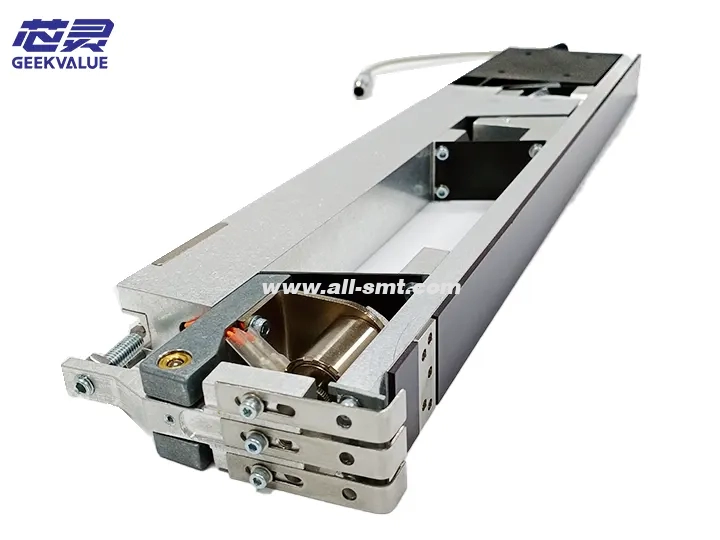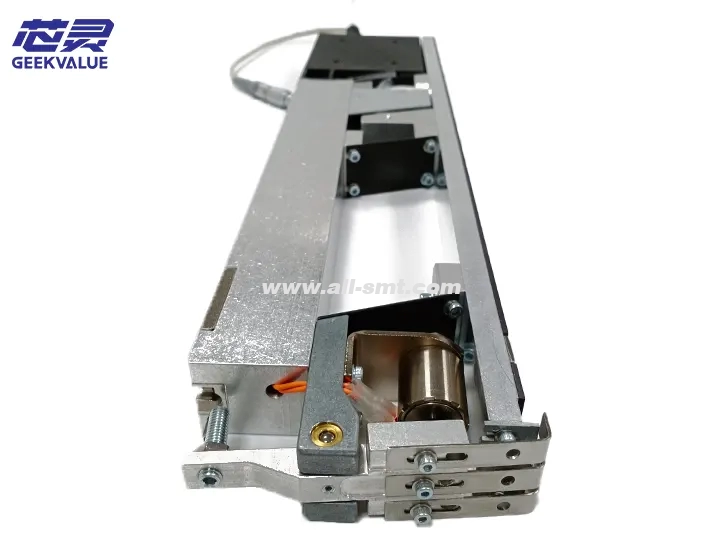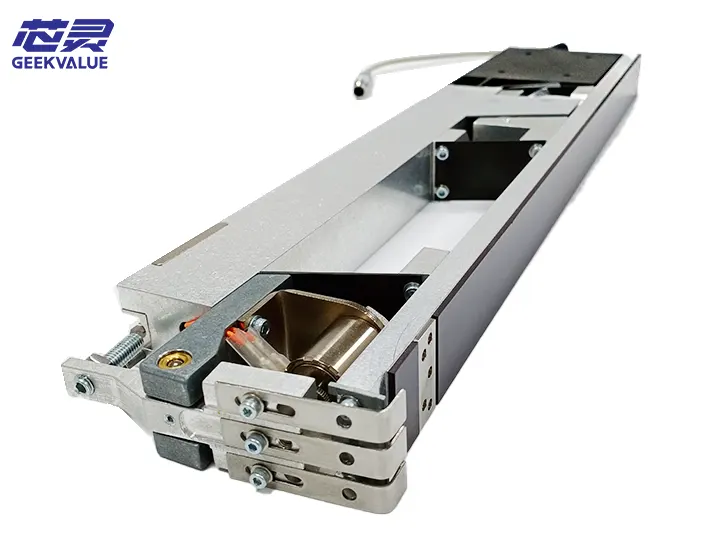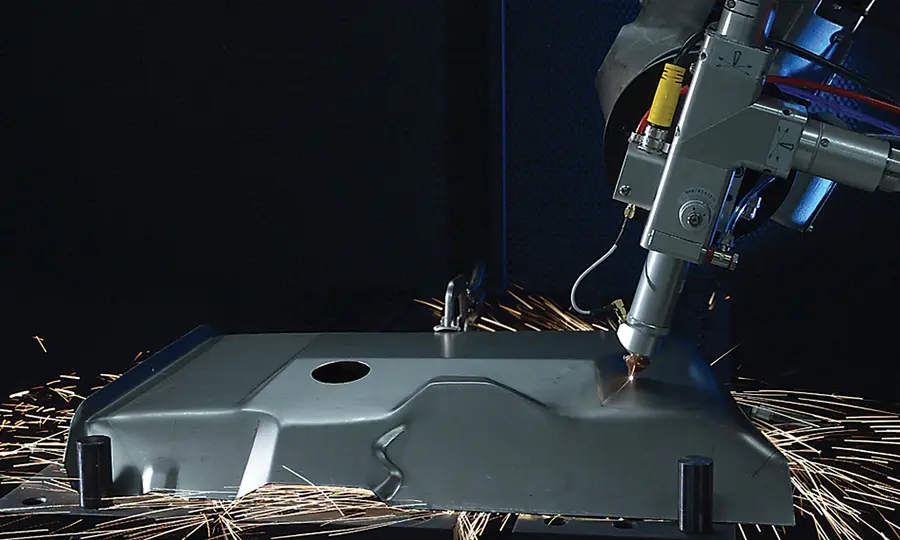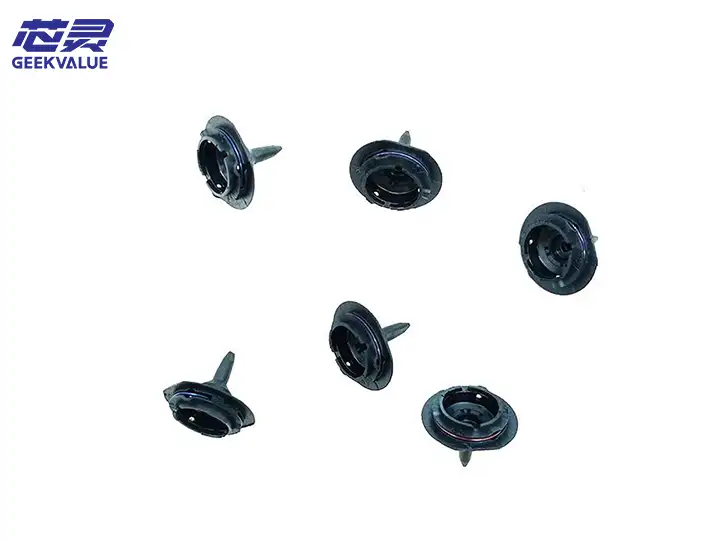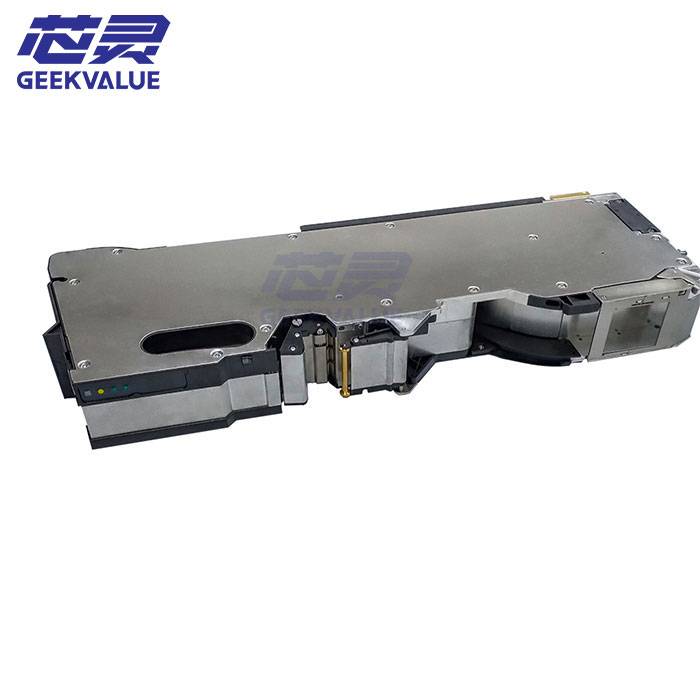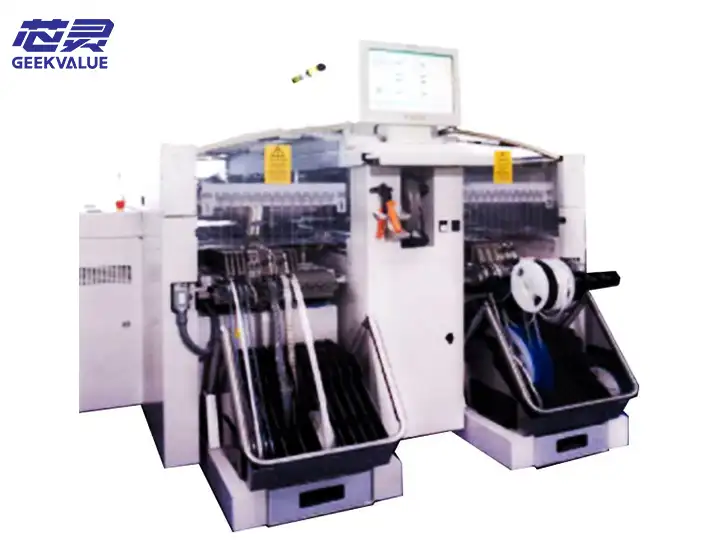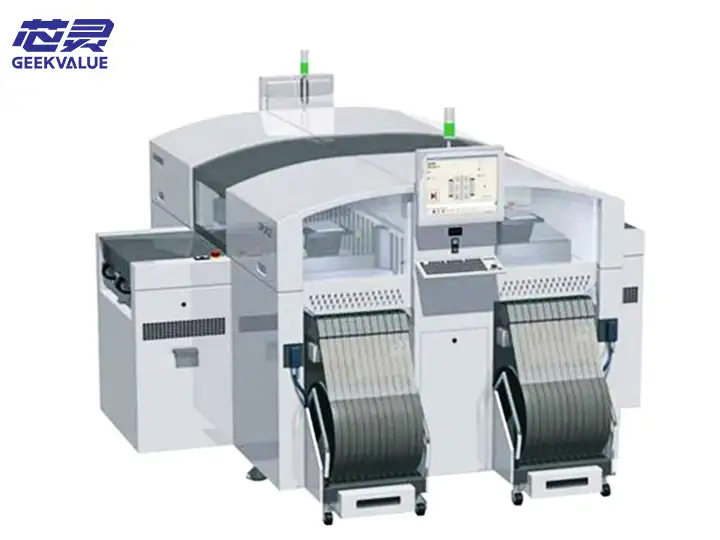Siemens SMT Vibration Feeder 00142031 Comprehensive Technical Analysis
I. Product Overview and Technical Specifications
1.1 Basic Parameters
Model: 00142031
Type: Electromagnetic Vibration Feeder
Applicable Components: Special-shaped Components (such as connectors, relays, transformers, etc.)
Component Size Range: 2-25mm (length) × 2-15mm (width) × 1-10mm (height)
Feeding Speed: 30-120 pcs/min (adjustable)
Power Supply Voltage: 24VDC±10%
Power Consumption: Maximum 50W
Dimensions: 150mm×120mm×80mm
Weight: 2.2kg
Service Life: ≥50 million vibration cycles
1.2 Applicable Models
SIPLACE X Series All Models
SIPLACE TX Series
SIPLACE SX Series
SIPLACE D Series (Adapter Required)
II. Mechanical Structure and Working Principle
2.1 Core mechanical components
Vibration platform:
Stainless steel material (thickness 3mm)
Special surface texture treatment (Ra0.8μm)
Adjustable tilt angle (5°-15°)
Electromagnetic drive system:
Dual-coil electromagnet (power 30W×2)
Spring sheet group (4 sheets of beryllium copper alloy)
Feeding track:
Modular design (quickly replaceable)
Surface hard chrome plating (thickness 15μm)
Component separation mechanism:
Mechanical barrier
Photoelectric detection device (optional)
2.2 Working principle
Vibration generation:
The electromagnetic coil is switched on and off to generate an alternating magnetic field
Drives the vibration platform to perform high-frequency micro-amplitude vibration (frequency 50-100Hz)
Component transportation:
Vibration causes the components to spiral up along the track
Directional arrangement is achieved through the special structure of the track
Component separation:
Mechanical barrier ensures single-piece separation
Photoelectric sensor monitors the discharge status (optional model)
Speed control:
PWM adjusts the power of the electromagnet
The feedback system maintains a stable amplitude
III. Performance characteristics and technical advantages
3.1 Core performance indicators
Positioning accuracy: ±0.1mm (@20℃)
Component adaptability: can handle 200+ types of special-shaped components
Response time: <50ms (from startup to stable feeding)
Temperature drift: ±0.01mm/℃
Noise level: <65dB (@1m distance)
3.2 Unique technical advantages
Intelligent vibration control:
Adaptive adjustment algorithm
Automatic compensation for component weight changes
Quick change system:
Track change time <30 seconds
Tool-free adjustment mechanism
Anti-static design:
Surface resistance 10⁵-10⁶Ω
Compliant with IEC61340-5-1 standard
Dual-mode operation:
Continuous vibration mode (large batch)
Trigger vibration mode (precision components)
IV. Application scenarios and production line value
4.1 Typical application components
Various types of connectors (USB, HDMI, etc.)
Relay/switch components
Special-shaped capacitors/inductors
Small transformers
Special package ICs
4.2 Production line value
Flexible production:
Quickly switch between different components
Reduce feeder replacement time
Quality assurance:
High directional arrangement accuracy
Reduce component damage
Cost optimization:
Replace special customized feeders
Reduce spare parts inventory
V. Installation and operation guide
5.1 Installation process
Mechanical installation:
Align with the feeder station rail of the placement machine
Push into the electrical connector for automatic docking
Electrical connection:
24VDC power supply connection
Signal line connection (if sensor model is selected)
Parameter setting:
Set through the placement machine HMI:
Vibration intensity (30-100%)
Feeding speed
5.2 Key points of operation
Component loading:
Keep components dry and clean
Loading volume does not exceed 80% of the volume
Track adjustment:
Use a special gauge to adjust the track width
Ensure that components can pass smoothly
Vibration optimization:
Start with a small amplitude and gradually increase
Observe the flow state of the components and adjust
Sixth, maintenance system
6.1 Daily maintenance
Cleaning and maintenance:
Remove residual components with an air gun every day
Clean the track with alcohol cotton every week
Inspection items:
Electromagnet fixed state
Spring sheet cracks or not
Track wear
6.2 Regular maintenance (recommended monthly)
Deep cleaning:
Disassemble the vibration platform
Ultrasonic cleaning of track components
Lubrication management:
Apply special lubricant (such as Molykote EM-30L) to the guide part
Lubrication amount is controlled at 0.1-0.2g
Performance detection:
Test the stability of vibration frequency
Check the repeatability of feeding position
Seventh, common fault diagnosis and treatment
7.1 Fault classification and treatment
Fault phenomenon Diagnosis steps Solution
Insufficient vibration intensity 1. Check the power supply voltage
2. Test the electromagnet impedance 1. Ensure that the 24V power supply is stable
2. Replace the electromagnet assembly
Components are arranged in a disordered manner 1. Observe the vibration trajectory
2. Check the track status 1. Adjust the vibration parameters
2. Replace or repair the track
Abnormal noise 1. Listen to the sound and locate
2. Check the fasteners 1. Replace the damaged spring sheet
2. Tighten all screws
Component stuck 1. Check the track size
2. Observe the component status 1. Adjust the track width
2. Clean the component
7.2 Key component replacement guide
Electromagnet replacement:
Disconnect the power supply
Remove the fixing screw (T10 hexagon socket)
Pay attention to the coil polarity mark
Spring sheet replacement:
Use a special clamp
Keep the tension of the four sheets consistent
Dynamic balance test is required after replacement
VIII. Technology evolution and improvement suggestions
8.1 Version iteration history
First generation (2008): basic vibration feeder
Second generation (2012): added intelligent control (current model)
Third generation (2018): improved anti-static design
8.2 Usage optimization suggestions
Parameter optimization:
Establish component parameter library
Save optimal vibration settings
Spare parts management:
Standard wearing parts:
Spring sheet set (P/N: 00142032)
Feeding track (P/N: 00142033)
Upgrade options:
High-precision sensor version (P/N: 00142031-S)
Anti-confusion RFID version (P/N: 00142031-R)
IX. Comparison with other feeding methods
Comparison items Vibration feeder Belt feeder Tube feeder
Applicable components Special-shaped components Standard SMD Columnar components
Feeding speed Medium (30-120pcs/min) High (40-200pcs/min) Low (20-60pcs/min)
Changeover time Short (<1 minute) Medium (2-5 minutes) Long (5-10 minutes)
Maintenance requirements Medium Low High
Cost Medium Low High
X. Summary and Outlook
Siemens vibration feeder 00142031 has become a key equipment for special component placement with its excellent special-shaped component processing capability, flexible changeover characteristics and stable working performance. Its core value is reflected in:
Wide adaptability: can handle a variety of non-standard components
Easy to operate: intuitive parameter adjustment interface
Economical and practical: replace a variety of special feeding devices
Future development direction:
Integrated AI visual recognition
Wireless parameter configuration
Enhanced self-diagnosis function
Recommend users:
Establish component-parameter correspondence database
Regularly check the status of the vibration system
Maintain appropriate spare parts inventory
The equipment is particularly suitable for:
Automotive electronics manufacturing
Industrial control equipment
Communication equipment production
Medical electronics assembly
Through standardized use and preventive maintenance, the vibration feeder can ensure long-term stable operation and significantly improve the efficiency and quality of special-shaped component placement
